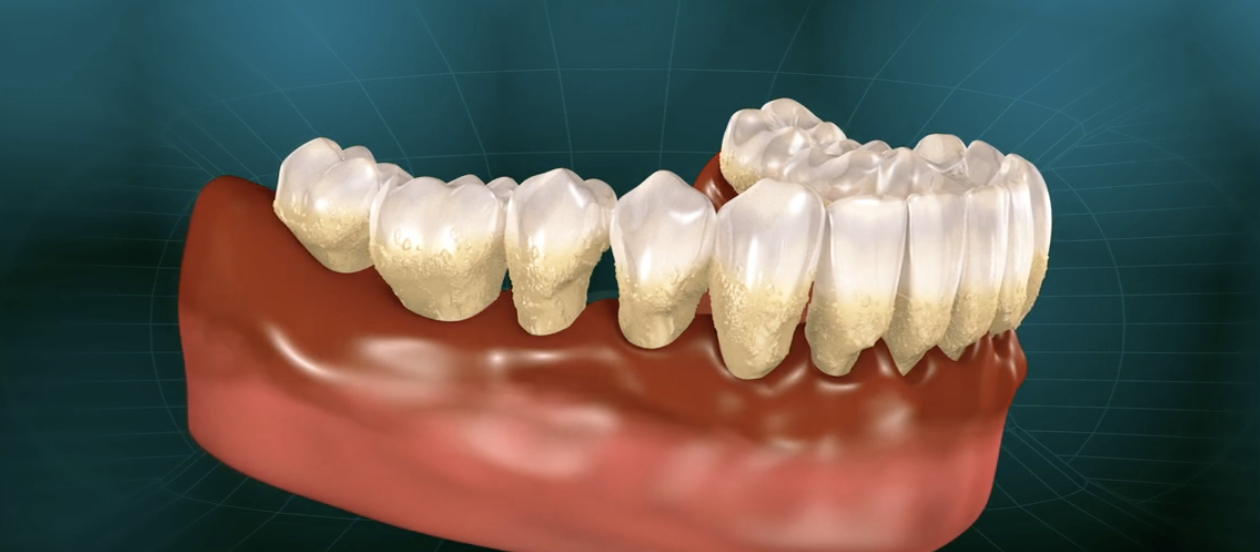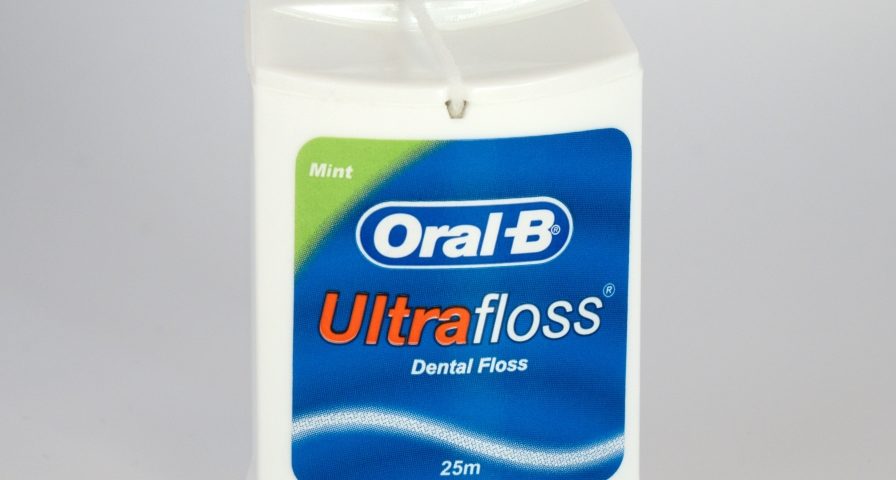
Should I Get Veneers?
September 6, 2020
Gum Disease: Why It’s Essential to Take Seriously—What to Know
October 7, 2020While any way you floss your teeth improves your oral health over never flossing, you want to be thorough to get the best results. Do you use string floss, picks, a water flosser, or something else? With so many options today, it can be difficult to determine the best way to floss your teeth. Here are some tips for getting the job done with several methods. If you have any questions, ask your hygienist or dentist at your next dental cleaning. Or schedule a visit with Langley Dental Care.
Traditional Floss: The Most Common Answer to What Is the Best Way to Floss Your Teeth
Most people consider traditional floss the answer to the question, “What is the best way to floss your teeth?” While traditional floss works well, you are the one responsible for how thorough you floss your teeth. For instance, if you don’t clean between all your teeth or skip brushing because you flossed to save time, you will not meet the basic requirements for a good oral hygiene routine.
You have options for both tape and string-style floss. Both types work equally well, but those who have tightly spaced teeth or who experience fraying of string floss may prefer to use flatter tape that does not shred.
To use traditional floss, make sure that you pull enough floss off first. Generally, 18 to 24 inches (1.5 to 2 feet) will suffice.
Wrap one end of the floss around your middle finger and the other around your index finger. Keep your fingers only one to two inches apart to ensure that you maintain tension in the floss as you work. The extra length will allow you to use new floss sections and have a good grip on the string while flossing.
Place the floss space between your fingers in between a pair of teeth and pull it into a c-shape. Move the floss backward and forward and up and down to remove all food from between your teeth thoroughly.
Repeat the process between all your upper and lower teeth. Don’t forget to floss between your molars and behind each back tooth in your mouth’s rear. Some people may have difficulty reaching into the backs of their mouths with floss and can use dental picks or water flossers to clean between the rear teeth.
Move your fingers down to uncover a new section of floss to clean between each set of teeth. Discard the floss in the trash at the end of the flossing session. Do not reuse it.
Dental Picks: A Popular Alternative to String Floss
Dental picks are plastic picks that hold one inch of floss between small handles. You place the floss between your teeth, pull it into a c-form around the tooth, and move it up and down and back and forth. These picks also have a tapered portion for picking out large pieces of food between your teeth. However, you should be able to get your teeth thoroughly cleaned with the dental pick’s floss portion.
Water Flosser: Clean Your Teeth Without String
For some people who struggle with using floss or dental picks, a water flosser provides an alternative that does not require you to handle floss around your teeth. These flossing machines use water forced through a pick at high speed to spray food and plaque out from between your teeth.
When you first use a water flosser, you should set the water pressure as low as possible until you become accustomed to the force of the water in your mouth. Using too high of a pressure setting too soon could cause tissue damage inside your mouth.
Place the tip of the water flosser between your teeth and move it down to the gumline. Follow the gum line up to the space between the next set of teeth. Continue to move the flosser tip down to the gum line and up the next space between teeth until you have flossed all your upper and lower teeth.
Look for a water flosser that bears the American Dental Association’s approval seal to ensure that it will perform adequately to remove plaque from between your teeth.
Flossing Brushes: Portable Flossing for On the Go
The last option you have for flossing should not replace your regular flossing methods. Flossing brushes are small, bristled brushes designed to fit between your teeth to clean out food and plaque when you cannot thoroughly floss. These brushes work well for travel or when eating out.
Because these brushes have a design to fit between teeth, they will be better options to get particles out from your teeth than non-floss alternatives. In fact, among people who used items not designed for cleaning teeth, such as forks, knives, fingernails, hair, or paper, 42% reported pain. By using flossing brushes, you can get annoying food pieces out while avoiding pain and tooth damage.
Should You Brush After You Floss or Before?
Now that you have your flossing routine set, you will likely wonder when to brush. Should you brush before or after flossing? The definitive answer, from the American Dental Association, is anytime. Thoroughly clean between your teeth with floss at least once a day, and when you brush doesn’t matter.
Yes, you can brush first and floss second. Or flip the script if you feel that you need to get out of a rut. As long as you use the best practices for flossing, brushing can happen before or after flossing.
What Is the Best Way to Floss Your Teeth? Regularly and with Regular Dental Cleanings
Regular flossing to thoroughly clean between your daily will remove food particles that brushing misses. Making flossing a regular habit can prevent cavities and keep your teeth healthier.
However, even the best at-home flossing schedule will fall short of professional cleanings. So, what is the best way to floss your teeth? Pairing your home routine needs to pair with twice-yearly cleanings and annual dental exams. If you don’t currently have a dentist, contact us at Langley Dental Care to make an appointment.



